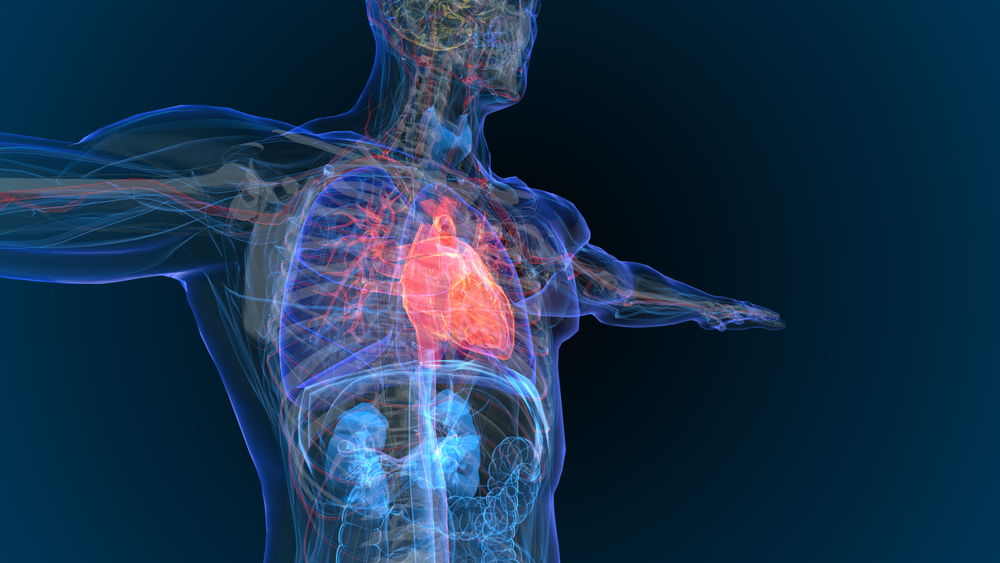Enhanced ventricular interdependence stands as a highly sensitive and specific criterion for the diagnosis of constrictive pericarditis (CP), but simultaneous ventricular measurements can be challenging at cardiac catheterization. A study published in JAMA Cardiology sought to assess respirophasic changes in pulmonary artery (PA) ejection times (ETs) and aorta (Ao) ETs as a marker for enhanced ventricular interdependence.
This retrospective analysis of simultaneous left-side and right-side heart catheterizations took place between January 2006 and January 2017. Data were analysis occurred in June 2020. The primary outcome was defined as measurements of the PA and Ao ETs were made during inspiration and expiration. The researchers assessed ventricular interaction by evaluating the difference of ETs from expiration to inspiration as well as the difference in Ao minus the difference in PA. Overall, a total of 10 patients with surgically proven CP and 10 patients without CP (restrictive cardiomyopathy or severe tricuspid regurgitation) were identified and included in analysis.
For patients with CP compared with those without CP, there was a significantly greater decrease in PA ET (mean, -31.8 vs. 5.1 milliseconds; P<0.001) and a non-significantly greater increase in Ao ET (mean, 19.0 vs. 10.5 milliseconds; P=0.20) during expiration versus inspiration. Thus, the difference in Ao ET minus the difference in PA ET during expiration versus inspiration was significantly greater in those with CP compared with those without CP (mean, 50.8 vs. 5.4 milliseconds; P<0.001).
“In this study, PA and Ao measurements of ETs throughout the respiratory cycle were a simple, easily obtainable, and accurate parameter for the diagnosis of CP,” the researchers concluded.
Link: https://pubmed.ncbi.nlm.nih.gov/34550314/
Keywords: constrictive pericarditis, pulmonary artery, ejection times









